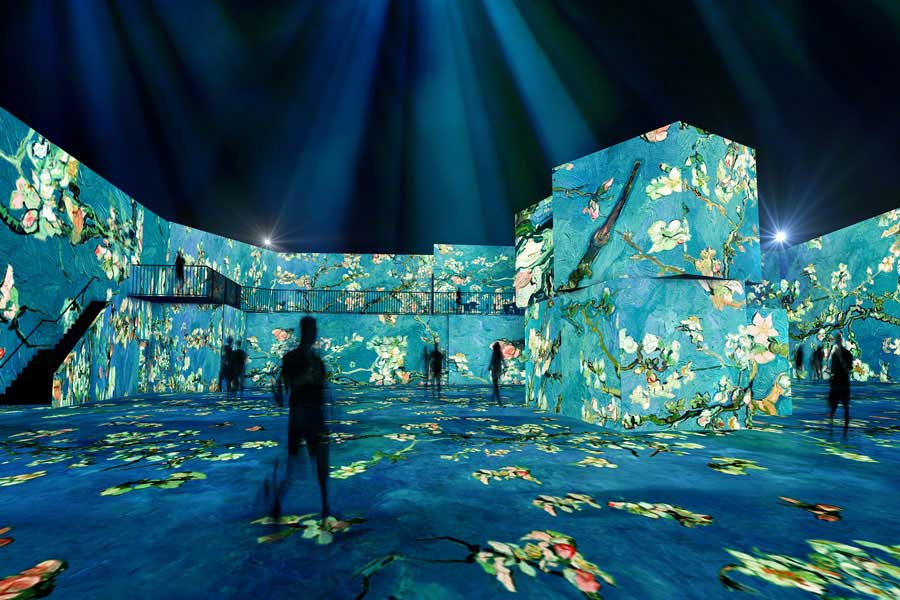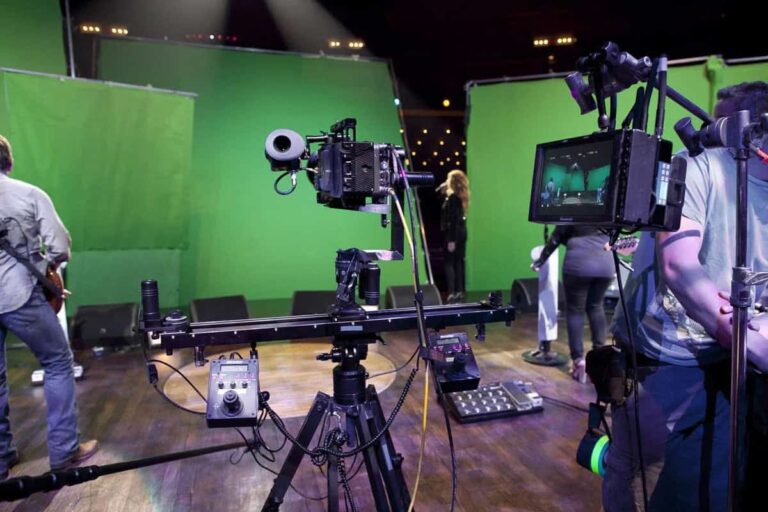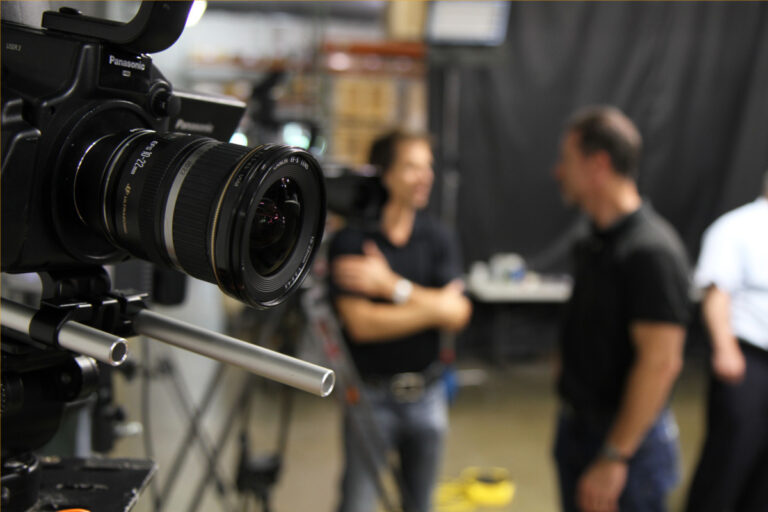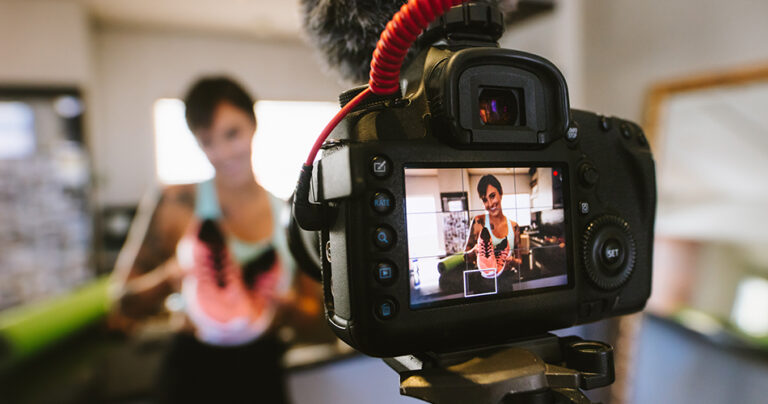
It’s hard to deny that “digital arts” are thriving. Digital Art can be original art produced entirely digitally i.e. Digital Art can be created on a computer using paints and canvas without any traditional media. It can also be created by scanning a hand-painted canvas and digitally enhancing it in a number of software packages. Painter, Photoshop). Photographs digitally enhanced with artistic effects and fractal artwork, generated without human input, are all included in this term. In the past, digital artists have used tools to create their digital art. But in recent years these tools have evolved and become more powerful. The tools themselves are continually improving. The irony is that improvements in software are often measured on how realistic the results can be. The digital effect should be compared to the real-life paintbrush. Digital art tools are marketed as having unique effects, but they do not. Are you looking about illusionary london? View the previously mentioned site.
But digital artworks are without doubt creative, and they can be original, evocative, intriguing, and beautiful. But there continues to be debate and controversy over whether “digital art” is “real” art. Is the skill and talent required to manipulate a piece of computer software comparable to true artistic talent? And shouldn’t art communicate something to the viewer? Some digital art forms (such as fractals), are random images. In this situation, how can the art be classified if there is no message being conveyed? It could, of course, be argued that there is no difference to the casual viewer between two equally beautiful images – one created traditionally and one created digitally. Art has always been more than just a glance. It’s about understanding the message of the painting and getting to know the artist. Even the most basic of traditional abstract paintings can communicate feelings and messages to the viewer. Another factor to consider is the very perfection of digitally produced work. In the same way that it has been demonstrated that the most attractive faces of humans have minor imperfections, perhaps the slight human errors that are on a canvases create an subconscious appeal for the viewers that is lacking in digital works.
There is also a difference between “real”, “good”, and “realistic” art. Digital Art or traditional art is not “bad art” because it was created using traditional media. Digital Art might become widely accepted in the early 21st-century. Creating digital art is an authentic and contemporary way to express yourself. You need to have a very high level of expertise in order to manipulate the software. The medium is unique in that it offers options not available with other media. It does not matter whether the finished product is video art, an installation or a digital picture. They can all evoke emotions and be as real as any traditional piece of art. Despite the use of technology, the essence of the artwork still comes from the imagination and talent of the artist. Digital art tools are powerful and versatile, allowing artists to combine effects and techniques that were previously impossible using traditional media. Digital art requires creativity, imagination, and talent. It is therefore a form of expression that deserves to receive recognition as a legitimate one.



